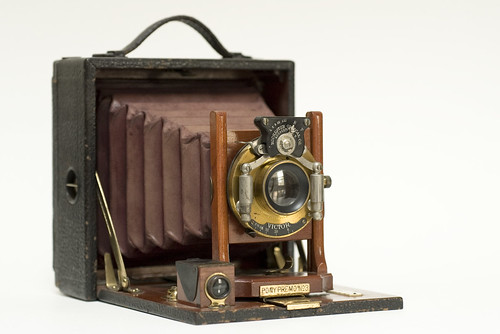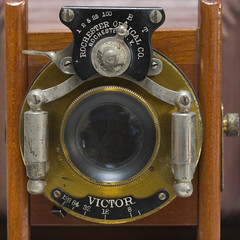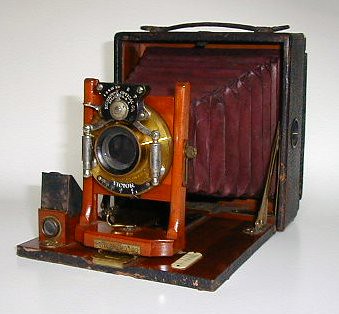Difference between revisions of "Pony Premo No. 3"
(→Links) |
(one pool -> CW; invited others; template for attribution, rights) |
||
| Line 4: | Line 4: | ||
|image_align= left | |image_align= left | ||
|image_text= | |image_text= | ||
| + | |image_by=Maria Cordell | ||
| + | |image_rights= | ||
}} | }} | ||
{{Flickr_image | {{Flickr_image | ||
| − | |image_source= http://www.flickr.com/photos/mcordell/420481690/in/pool- | + | |image_source= http://www.flickr.com/photos/mcordell/420481690/in/pool-camerawiki |
|image= http://farm1.static.flickr.com/171/420481690_89d0ddfcb4_m.jpg | |image= http://farm1.static.flickr.com/171/420481690_89d0ddfcb4_m.jpg | ||
|image_align= right | |image_align= right | ||
| − | |image_text= | + | |image_text= Typical old two-piston shutter,<br/>made by [[Bausch & Lomb]] |
| + | |image_by=Maria Cordell | ||
| + | |image_rights=wp | ||
}} | }} | ||
<br style="clear:right"/> | <br style="clear:right"/> | ||
| Line 22: | Line 26: | ||
|image_align= right | |image_align= right | ||
|image_text= | |image_text= | ||
| + | |image_by=Bill Strong | ||
| + | |image_rights=nc | ||
}} | }} | ||
*[http://antiquecameras.net/1910premocatalog.html 1910 Premo Catalogue] | *[http://antiquecameras.net/1910premocatalog.html 1910 Premo Catalogue] | ||
Revision as of 15:53, 16 June 2011

|
| image by Maria Cordell |

|
| Typical old two-piston shutter, made by Bausch & Lomb image by Maria Cordell (Image rights) |
The Pony Premo No. 3 is one of Rochester Optical Co.'s famous wooden drop bed folding view cameras. It was made for the popular 4×5" film plate format. It has an exciting feature, a diaphragm that can be stopped down to f128. Such a small aperture might cause diffraction problems when actually used. Therefore the camera's aperture scale reaches a bigger aperture than f8 on its other end. Five different shutter speeds from 1 sec. to 1/100 sec. plus T and B mode , and a Rapid Rectilinear lens of Kodak let it be a mighty instrument for the ambitious amateur of its time. But it has just a reflecting type viewfinder. Maybe the camera's Victor shutter is an advanced version of Bausch & Lomb's famous Unicum shutter, with one piston for speed control, and the other to connect the air tube of a shutter release bulb. The camera model was continued when Kodak took over Rochester Optical.
Links

|
| image by Bill Strong (Image rights) |
- 1910 Premo Catalogue
- Manual of the Kodak versions of the Pony Premo No. 3 and 4 at www.pdfcameramanuals.net [1]
- Pony Premo No. 3 on Bill Strong's homepage [2]